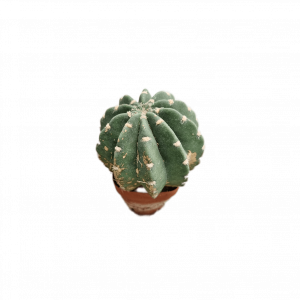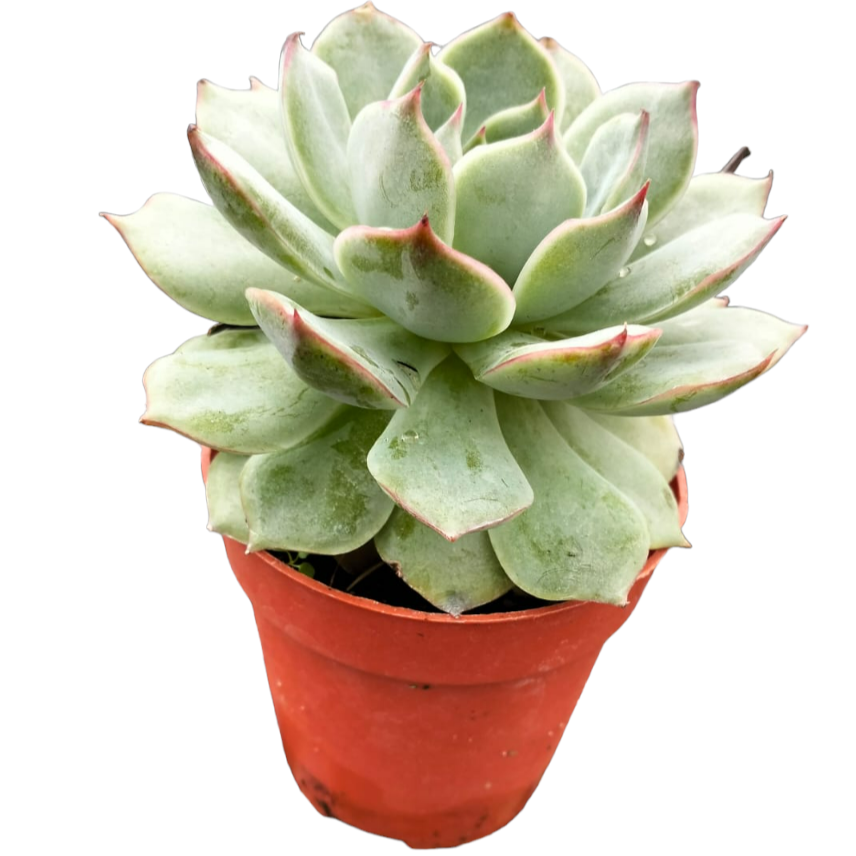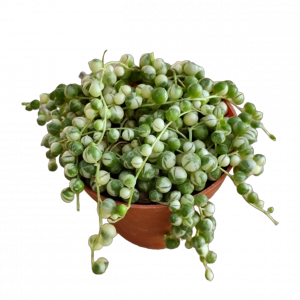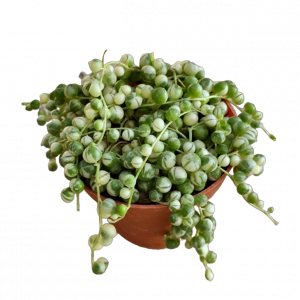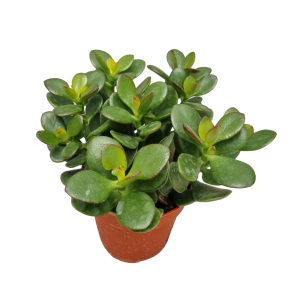Succulents are a diverse group of plants known for their ability to store water in thick, fleshy leaves, stems, or roots, which makes them highly resilient to drought. Native to arid regions around the world, including deserts, mountains, and tropical climates, succulents have adapted to survive in harsh conditions. The term “succulent” encompasses a wide range of species, including popular varieties like Aloe, Echeveria, Sedum, and Crassula. These plants are prized for their striking, geometric shapes, colourful foliage, and low-maintenance nature, making them perfect for both beginners and experienced plant lovers. Succulents also produce vibrant flowers in a variety of hues, adding a pop of colour to any indoor or outdoor space.
Plant Care Guide for Succulents
Light Requirements: Succulents thrive in bright, indirect light, although many varieties can tolerate a few hours of direct sunlight each day. To encourage optimal growth and vibrant colours, place succulents in a spot that receives plenty of natural light, such as near a window or in a well-lit room. If grown indoors, they may benefit from a south or west-facing window, though it’s important to monitor for signs of sunburn, especially in very intense direct sunlight.
Watering: Succulents are drought-tolerant and prefer to dry out between waterings. Water the plant thoroughly, allowing the soil to dry out completely before watering again. Avoid letting the plant sit in water, as this can lead to root rot. In tropical environments, ensure proper drainage to prevent waterlogging.
Soil: Succulents require well-draining soil to prevent moisture from accumulating around the roots. A cactus or succulent mix is ideal, or you can amend a standard potting mix with sand or perlite for improved drainage. If growing in containers, ensure the pot has drainage holes to allow excess water to escape.
Fertilising: Feed succulents with a diluted, balanced fertiliser. Over-fertilising can lead to leggy growth, so it’s best to use a lighter hand when applying nutrients. Succulents typically require less fertiliser than other houseplants, and they will thrive with occasional feeding.
Common Pests: While succulents are generally pest-resistant, they can still attract pests like aphids, mealybugs, or spider mites. Regularly inspect the plant for signs of infestation, especially around the base of the leaves and stems. If pests are detected, treat with insecticidal soap or neem oil. Additionally, be cautious of fungal diseases caused by overwatering, so ensure the plant has adequate airflow and well-drained soil.
General Care Tips: Succulents prefer warm, dry conditions and can tolerate periods of neglect, making them perfect for busy plant owners. However, they still need good airflow to thrive. Avoid placing succulents in overly humid environments, as this can lead to rot. Prune any dead or damaged leaves to keep the plant looking tidy, and ensure that the soil remains dry before watering again.
Lighting: Bright Filtered Light
Watering: Water Thoroughly
Watering Frequency: When media is dry
Soft rot: Soft rot is a bacterial disease that affects a wide range of plants including vegetables, fruits, and ornamentals. It is caused by various bacteria such as Erwinia, Pseudomonas, and Xanthomonas, which enter the plant through wounds, natural openings or via insect feeding. Symptoms include water-soaked lesions, tissue softening, and foul odors, eventually leading to plant collapse and death. The disease can be managed by maintaining good sanitation practices, avoiding plant injuries, and using resistant plant varieties.
.
Baba Cacti & Succulent Potting Mix.
Baba Mr Ganick Cactus & Succulent Food: Once a Week.

